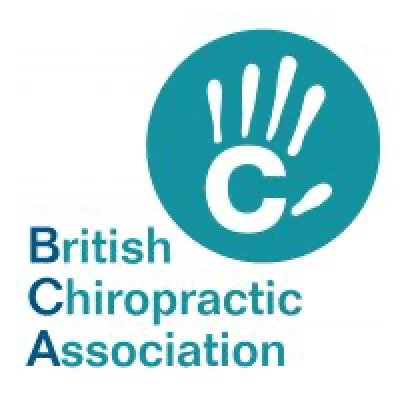What is a Sports Massage?
There is a common misconception that Sports Massage is for individuals who participate in sport however this is not the case! It may assist in enhancing performance, aiding recovery and preventing injury. But it can also help individuals with muscular tension and pain that is not a result of participating in sport. Tightness in the neck and shoulders is common among people who work at a desk. This is the effect of sitting at a desk for a long period of time with a forward lean. Someone who stands all day may have tension in the lower back, legs and feet. Stress is also a big contributing factor to muscular tension. This is because our muscles are in a prolonged period of tension.
What is a Sports Massage?
A Sports Massage involves stretching and mobilising soft tissue in the body to help relieve muscular tension and reduce pain. It involves a variety of deep techniques, trigger pointing and muscle energy techniques. Pressure and speed are adjusted according to the muscle, the individual’s tolerance and the intended outcome from treatment.
What will happen during treatment?
Your massage therapist should discuss your needs and problem areas with you at your initial consultation. They’re trying to determine what’s generating the tension and/or pain you’re feeling. They’ll also go through movement analysis to figure out what kind of treatment you require. During your massage, your therapist may discover areas of tension and muscular imbalances. These areas will then be targeted in order to improve your symptoms.
What are the benefits of a Sports Massage?
Increased blood flow: An increase in tissue temperature allows blood vessel to open and dilate. This allows more blood to flow to the tissues, which then helps repair any damage and supply the tissue with sufficient oxygen.
Improved Lymphatic Drainage: This is a result of increased blood flow as massage helps to remove metabolic waste products from the tissue. Lactic acid can be removed from the muscle post exercise and this will assist with the recovery process and also prevent muscle cramps.
Helps to break down adhesions and scar tissue: Commonly the result of previous injury or trauma. This helps to encourage the reformation of the tissue to improve muscle flexibility. Massage also helps to stretch the tissue resulting in improved tissue elasticity.
Relaxation: Not the first thought that comes to mind. However by reducing muscle tension this allows the muscle to relax. Endorphins are released which help to reduce anxiety and feelings of stress while also acting as a natural pain reliever and improving your mood.
Improved Performance: Sports Massage can target specific areas of the body that are worked during sport/exercise. By decreasing muscle tension and detecting areas of weakness, this helps to reduce the chance of injury. It is also a lot easier to strain a muscle that is already tight. Warming up your muscles before exercising allows them to relax, which improves performance and reduces the risk of injury.
Decreased Pain: Reduced muscle tension helps to reduce pain.
How often should I have a Sports Massage?
Every individual is unique therefore may require a Sports Massage at different times. At your initial consultation, your therapist should create an individualised treatment program for you. This will consider areas of tightness and pain, and musculoskeletal imbalances. As well as targeting areas to help prevent injury. At each follow up session this can be reviewed and adapted, depending on your response to treatment.
If you are suffering from muscular tension and pain book in for a Sports Massage. Please send me an email if you have any further questions and I will be more than happy to help.
Read on to our next article Are you Slope Ready? by Physiotherapist Angela.
























